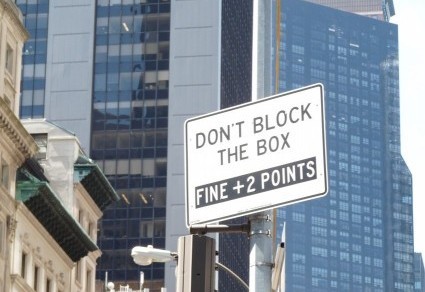On the subway this morning I heard a recorded announcement begging riders to give up their seats to “elderly, disabled, and pregnant persons.” In my experience – and contrary to New Yorkers’ reputation for callous disregard of others – all sorts of people leap up to offer seats to those with gray hair (me, for example) and to others with obvious physical needs. Still, I was pleased to hear the reminder.
I must confess, though, that I spent the whole ride thinking about the phrase “pregnant persons.” The writer wanted three adjectives (elderly, disabled, and pregnant) to modify the noun persons. But because only females can give birth, the gender-neutral term, pregnant persons, sounded odd.
I considered alternatives. Substituting pregnant women doesn’t work, because then you’re being polite only to females, as the other two adjectives attach to women. With that wording, a fragile 90-year-old guy is out of luck, as are men of any age who have broken legs or other conditions that make standing on a moving train a bad idea.
Nor can you simply turn those adjectives into nouns, ceding the seat to the elderly, disabled, or pregnant. This wording reduces complex human identity to one characteristic. I’m old, but age is just one part of me. I imagine that wheelchair users and others with physical issues feel the same way. (For a longer discussion of age-related terms, check out “Euph and Old Age” in this blog. Here’s the URL: http://www.grammarianinthecity.com/?p=479.)
One solution is to rearrange the sequence, so that you’re talking about pregnant women, and elderly and disabled persons. That works, but it’s awkward and may too easily be misread as excluding women from the more general category, persons.
So what’s a train-riding grammarian to do? I’m voting for something like this: “Please give up your seat to anyone who has difficulty standing.” But I’m open to suggestions from every person, including pregnant ones.























